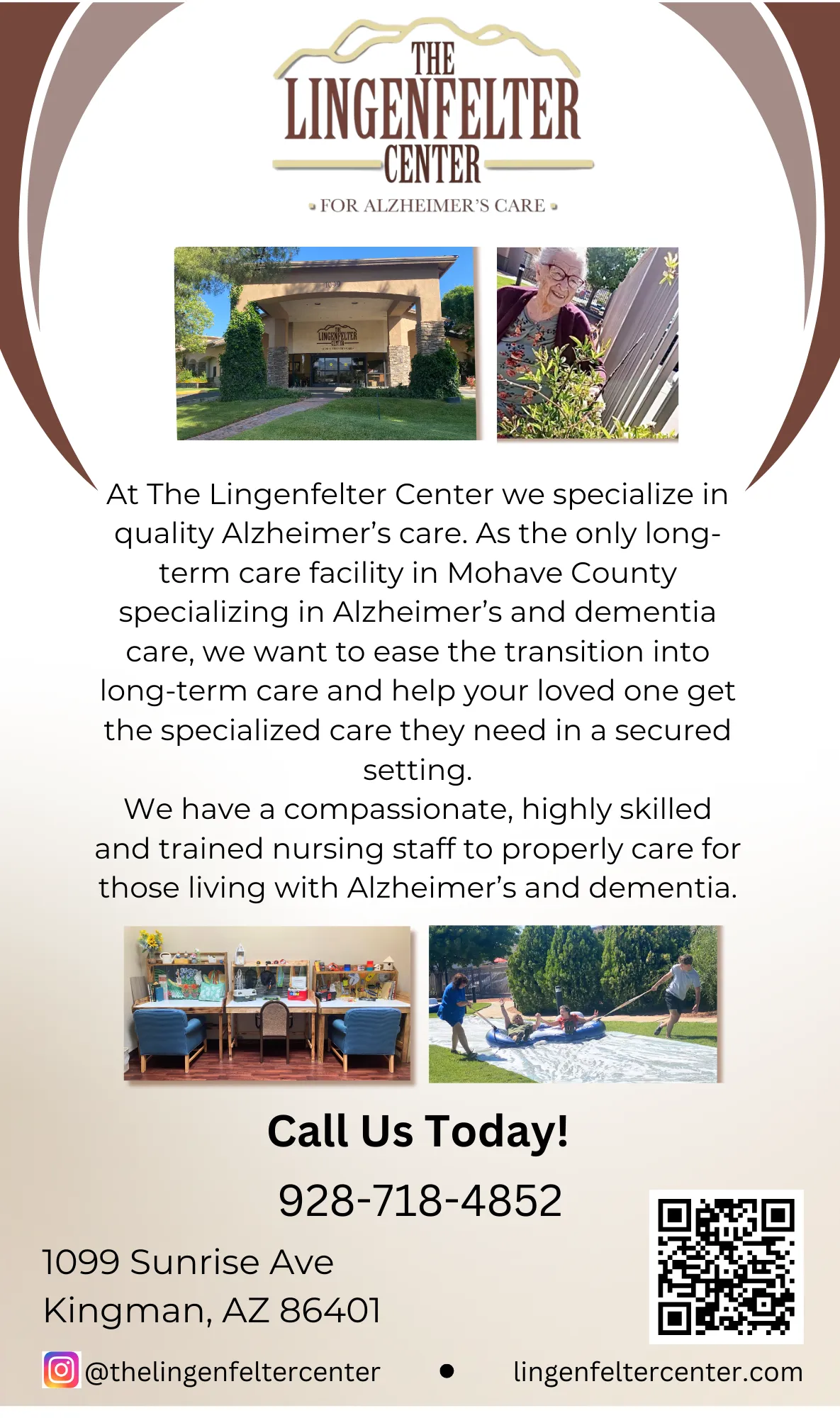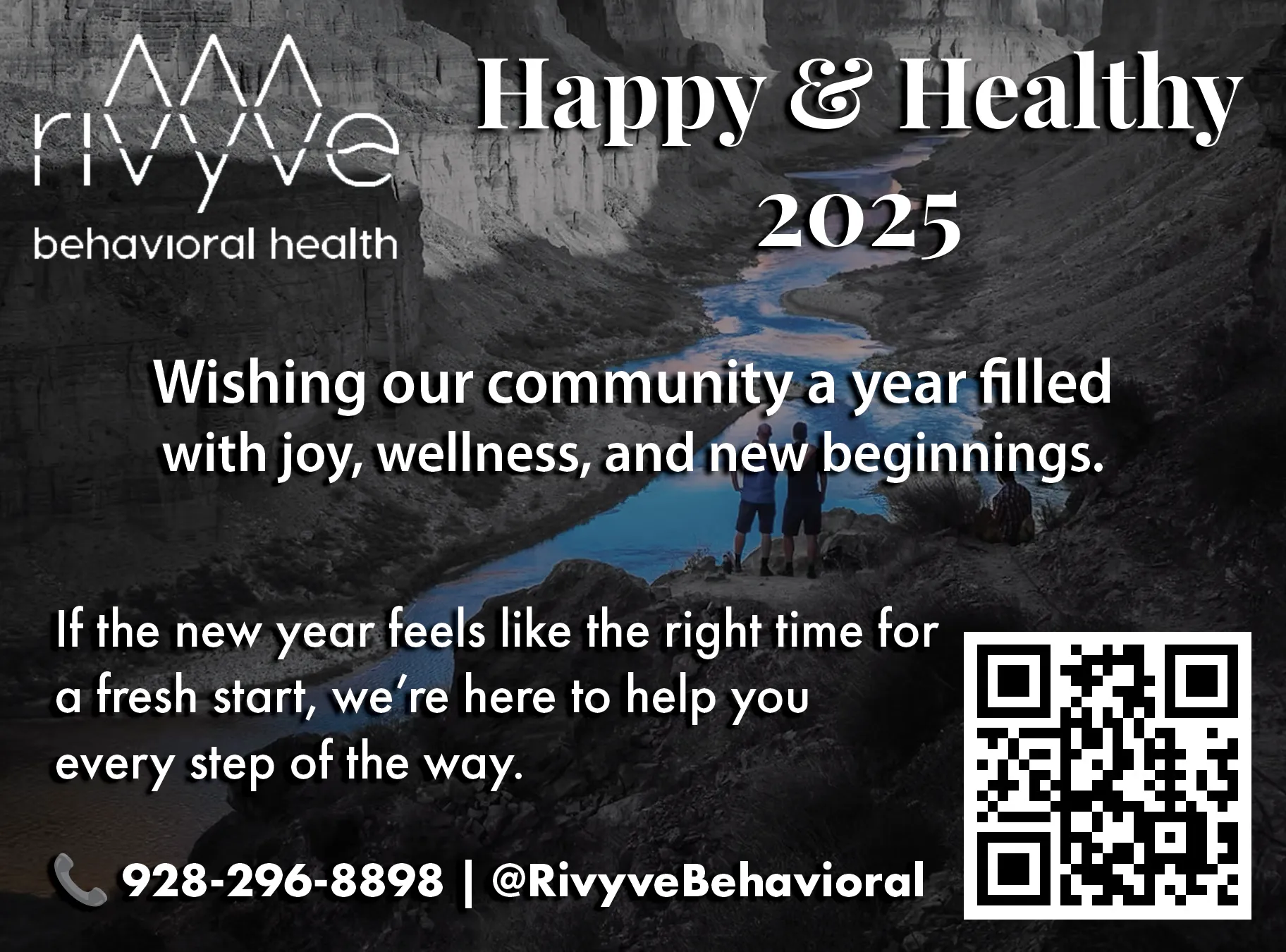NATION – When life requires a hospital stay, it can be easy to let your oral hygiene routine slip. However, doing so may leave you vulnerable to developing the number one hospital-acquired infection (HAI): pneumonia.
Daily brushing not only prevents tooth decay, gum disease and bad breath, but also helps defend your body from potentially harmful bacteria entering your mouth and causing other health conditions and infections. According to the Mayo Clinic, potentially harmful bacteria can enter your body through the mouth, which acts as the gateway to your digestive and respiratory tracts. In fact, every 4-6 hours, 20 billion microbes replicate inside your mouth. When aspirated, this bacteria can cause pneumonia. Bacteria can quickly multiply and reach the lungs causing an infection, like pneumonia, if daily brushing is not completed.
Hospital-acquired pneumonia is a serious condition that may extend a hospital length of stay by 15 days, require more antibiotics to manage and ultimately increase hospitalization costs. While pneumonia is often associated with the elderly, intensive care units and ventilated patients, every hospital patient is at risk for contracting pneumonia. One of the easiest ways to significantly address the risk factors of pneumonia during a hospital stay is by continuing with proper oral care using high-quality products. While this seems like a simple solution, the truth is that most patients don’t receive the tools they need, like a toothbrush and toothpaste.
Stryker, the manufacturer of Sage oral hygiene products, reported that of 5,240 patients surveyed, 46% did not have access to a toothbrush while in the hospital. Also, 48% of toothbrushes sampled were contaminated with bacteria after sitting out for 24 hours or more. In cases when patients are provided oral care supplies, they are often given cheap toothbrushes, basic toothpaste and non-antiseptic oral rinse. Given these factors, it’s easy to see why many hospitalized patients can develop pneumonia. Requesting and using quality oral care products while staying in a hospital will help address the risk factors of pneumonia for you or your family members.
While it’s apparent that your oral hygiene can have a significant impact on your health, it’s often forgotten or not prioritized in hospital settings. This isn’t an unknown phenomenon to health care workers. Nurses reported oral care as the third most missed element of nursing care. “Basic oral care can make hospital stays safer and reduce germs in the mouth that cause pneumonia,” said Dian Baker, Ph.D., NP, RN. “However, many health care professionals, patients and their caregivers are unaware of the connection between proper oral hygiene and developing pneumonia, or simply don’t have access to the oral hygiene products.”
If you or a loved one have been hospitalized, maintaining proper oral care is one of the best ways to reduce your risk of hospital-acquired pneumonia. Here are some tips to keep in mind:
• Ask a nurse for a soft-bristled toothbrush, a therapeutic toothpaste (one with sodium bicarbonate), antiseptic mouthwash and a non-petroleum-based moisturizer.
• During your hospital stay, remember to brush as you would at home under ideal conditions, 2-4 times per day after each meal and before bedtime.
• Because toothbrushes can easily collect bacteria and germs, don’t use a toothbrush that has been sitting out in the hospital room. Ask for a fresh toothbrush.
To learn more about proper oral care, hospital-acquired infections and how you can advocate for yourself and your loved ones, visit :Stryker.com.
– Mayo Clinic






















